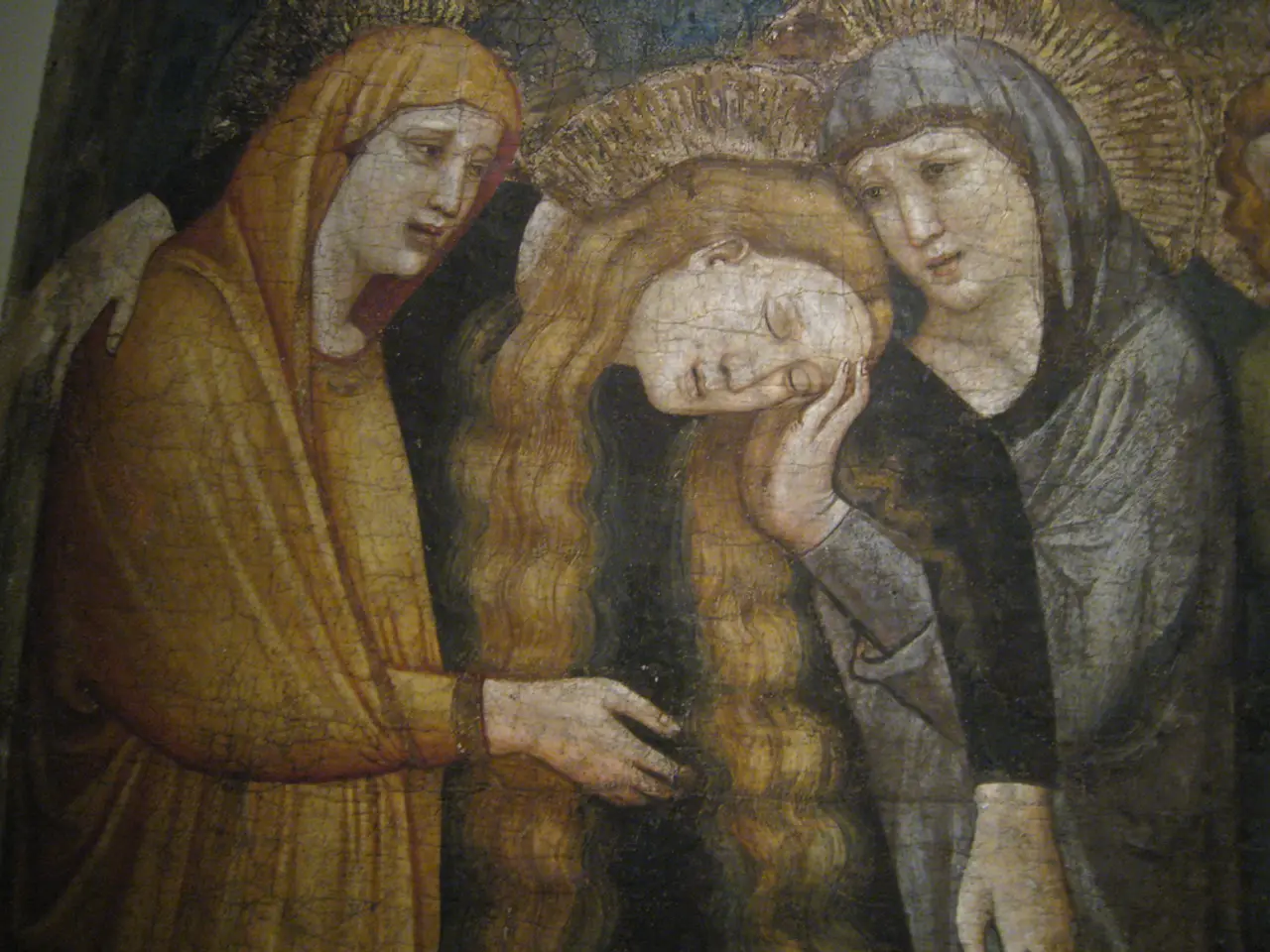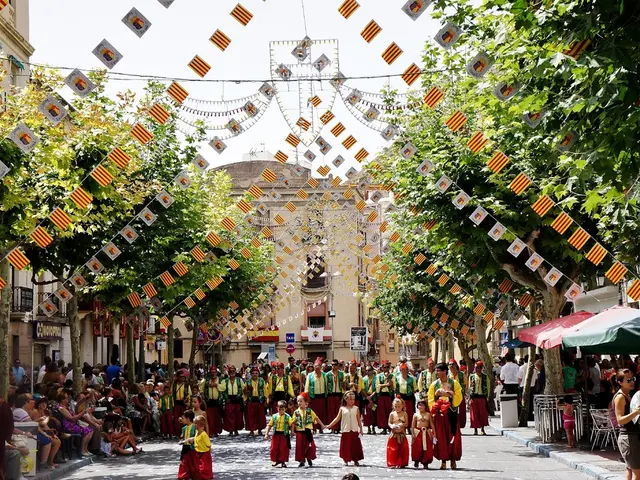Art reshapes equilibrium in the epicenter of Eurasia
Central Asian Art: A Vibrant Cultural Nexus
The art scene in Central Asia, a region historically situated at the crossroads of the Silk Road, has emerged as a significant hub for contemporary art. Despite being less recognized by the mainstream, the region is shaping a new cultural geography at the heart of Eurasia.
Historical Roots
The roots of Central Asian art can be traced back to the spread of Buddhism along the Silk Road. This cultural exchange facilitated the development of unique syncretic styles, such as Serindian art, which blended Indian Buddhist iconography with local and Hellenistic influences.
Themes and Influences
The main themes in Central Asian art, particularly those connected to Buddhist traditions, involve depictions of the Buddha, bodhisattvas, narrative scenes from Buddha's life, and symbolic objects. Artistic works often conveyed spiritual reassurance, virtuous qualities, and religious narratives, displaying stylistic features such as seated and standing Buddha figures, mudras, and symbolic thrones.
Beyond Buddhism, Central Asian art was also influenced by other religious and cultural narratives due to diverse populations and trade interactions.
Cultural Initiatives
The establishment of monasteries and pilgrimage sites along the Silk Road was a key cultural initiative that indirectly fostered artistic creation, serving as centers for producing and preserving Buddhist artworks. Large-scale archaeological and preservation projects have recently been undertaken to study and protect Central Asian Buddhist murals, sculptures, and manuscripts, highlighting the importance of this artistic heritage.
Modern Day Central Asian Art
Today, contemporary Central Asian artists are redefining the visual language of the present, focusing on themes such as identity, post-Soviet memory, ecology, and social transformation. The region, which was previously marginalized, is now shaping a new cultural geography at the heart of Eurasia.
One of the most significant cultural initiatives in Central Asia to date is the "Recipes for Broken Hearts" Biennale, taking place in Uzbekistan. This multisensory celebration of contemporary art, craft, and food aims to preserve the city's heritage and create new opportunities for future generations. The Biennale will unfold over ten weeks, starting from September 5 and running until November 20, featuring new site-specific art commissions and a live events program.
The Biennale will be curated by Diana Campbell and will feature participation from Uzbek artists, chefs, and designers, as well as international artists such as Laila Gohar, Subodh Gupta, Carsten Höller, Jeong Kwan, Elena Reygadas, and Tavares Strachan. The event will take place in Bukhara.
The contemporary art scene in Central Asia is far from the global mainstream spotlight, but it serves as an instrument of resistance, research, and liberation. The art produced in Central Asia reflects the region's post-Soviet identity and experiences, making it significant in the global context.
[1] Narimanov, Sh. (2017). The Art of Central Asia: Buddhist Sculpture and Painting. Thames & Hudson. [2] Schlingloff, C. (1994). Buddhist Art in Central Asia. Motilal Banarsidass Publishers. [3] Klimburg-Salter, G. (2002). Buddhist Art of the Silk Road: Ancient Pathways to Enlightenment. British Museum Press. [4] Zarcone, C. (1994). Persian Art: A Cultural History. Thames & Hudson.
In the heart of Eurasia, the revitalized art scene of Central Asia is not only preserving its rich historical roots inherent in Buddhist art but also redefining modern-day aesthetics, with a focus on lifestyle topics such as identity, memory, ecology, and social transformation. As a testament to this progression, the upcoming "Recipes for Broken Hearts" Biennale in Uzbekistan showcases a blend of home-and-garden elements, contemporary art, and culinary delights, offering a unique immersion into Central Asian culture.
Despite being less recognized globally, Central Asian art continues to display its significance, serving as an instrument of cultural expression and regional storytelling, rooted in the historical syncretic styles and themes that have evolved over centuries along the Silk Road.




